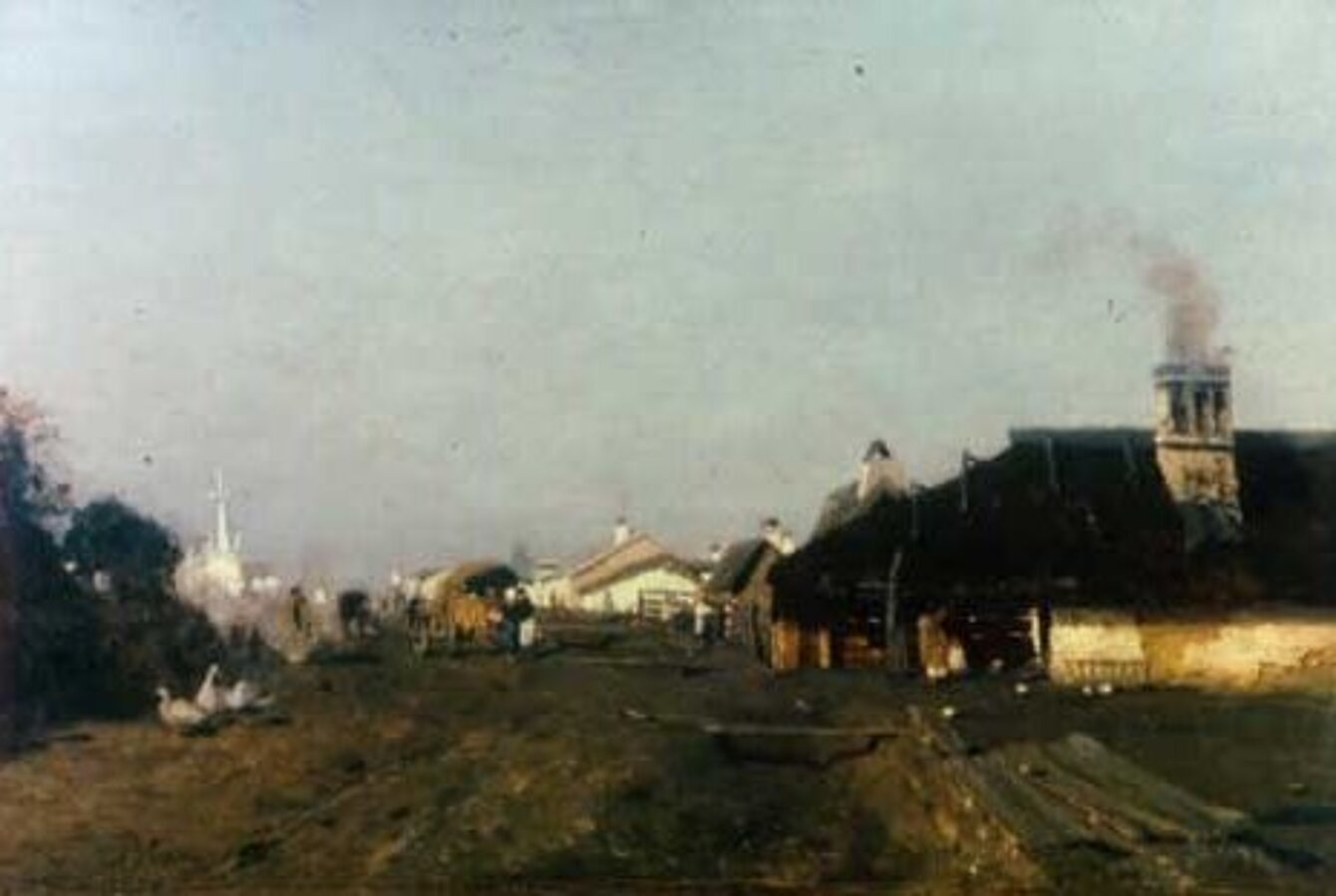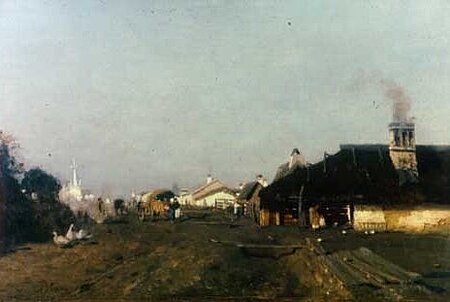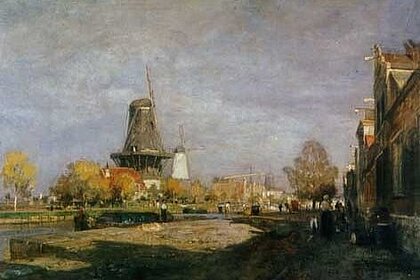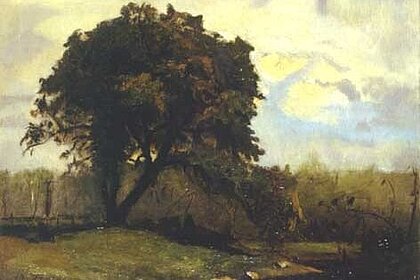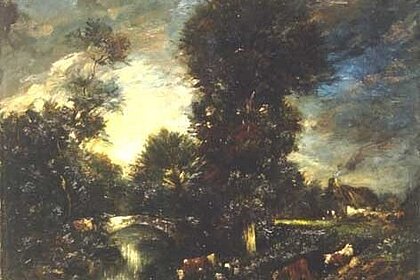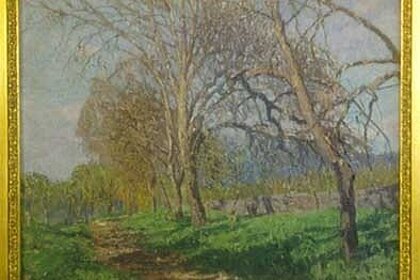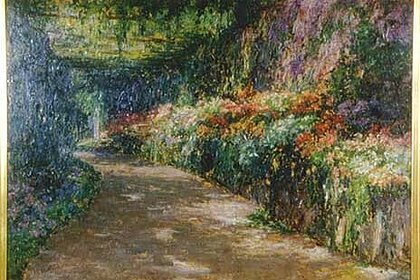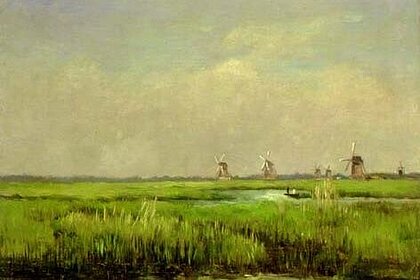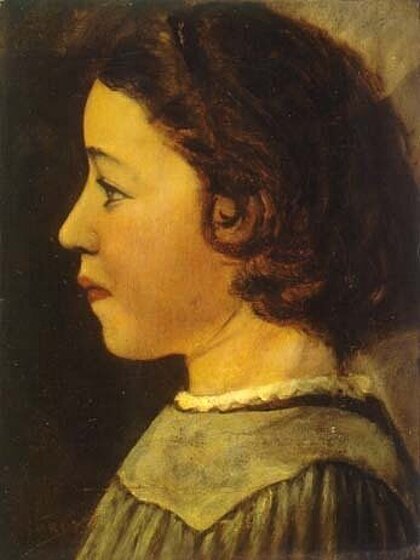The Neue Galerie has received 42 works of the "School of Barbizon" as a long-term loan from the collection of surgeon Dr. Rudolf Polheim, who was born in Graz. The collection includes the paintings and graphic works of such celebrated artists as Camille Corot, Gustave Courbet, Charles-Francois Daubigny, Narcisse Diaz, Charles Jacque, Jean-Francois Millet, Theodore Rousseau, Constant Troyon and Felix Ziem. Around 1830, these artists took a revolutionary step. Going against the academic tradition of painting, they decided to no longer produce their paintings in the studio, but instead to work in direct contact with nature. They chose to paint on site and in the open air. They found the ideal conditions for this in the forest of Fontainebleau near Paris, and in the village of Barbizon.
In their open-air work, in their realistic representation of simple areas of nature, and with their special sense for light and atmosphere, these artists created a new type of landscape painting, the "paysage intime". The works of the "School of Barbizon" helped open-air or 'pleinair' painting to establish itself and set the trend for the development of realism in the art of the 19th century. Their way of working in the open was of paramount importance for the following generation of impressionists. The impact of Barbizon reached beyond the borders of France and touched all major European centres of landscape painting. Towards the middle of the century, the influence of pleinair arrived in Austria and as a result a counterpole to the conservative climate of the academic tradition was created, although at first not pointedly so. The works of August von Prettenhofen marked its beginning and opened up the path for a new generation of landscape painters, the artists of Austrian atmospheric realism.
With the "School of Barbizon" Emil Jakob Schindler, Eugen Jettel, Rudolf Ribarz, Robert Russ and Tina Blau felt vindicated in their inclination towards open-air painting. For Theodor von Hörmann it was the only acceptable form of artistic approach to nature. Although the works of the Austrians were rejected by their (academic) colleagues and critics, they became increasingly popular with the public. Based on the achievements of the "School of Barbizon", over several generations atmospheric realism became a model for landscape painting in Austria.
In Vienna and Lower Austria it was the Schindler circle, including Carl Moll, Olga Wisinger-Florian, Marie Egner and Hugo Darnaut, who, in a highly distinctive way, continued the tradition of atmospheric impressionism up until the 20th century and had a marked influence on several young artists. The picturesque Wachau landscapes of Max Suppantschitsch and Eduard Zetsche were painted within this tradition. Liekwise in the provinces reforming ideas gradually gained in popularity. Styria embraced the realist trend at a relatively late stage - around the turn of the century - but then with such enthusiasm that it became ist driving force for decades. Amongst the most prominent artists to succeed in loosening the restrictive and conservative climate were Alfred Zoff and Contantin Damianos. Their proto-impressionistic approach to nature engendered, especially in Styria, a strong and long-standing tradition, encompassing such works as those of Marie Baselli, Rudolf Zelenka and Ferdinand Pamberger.




















